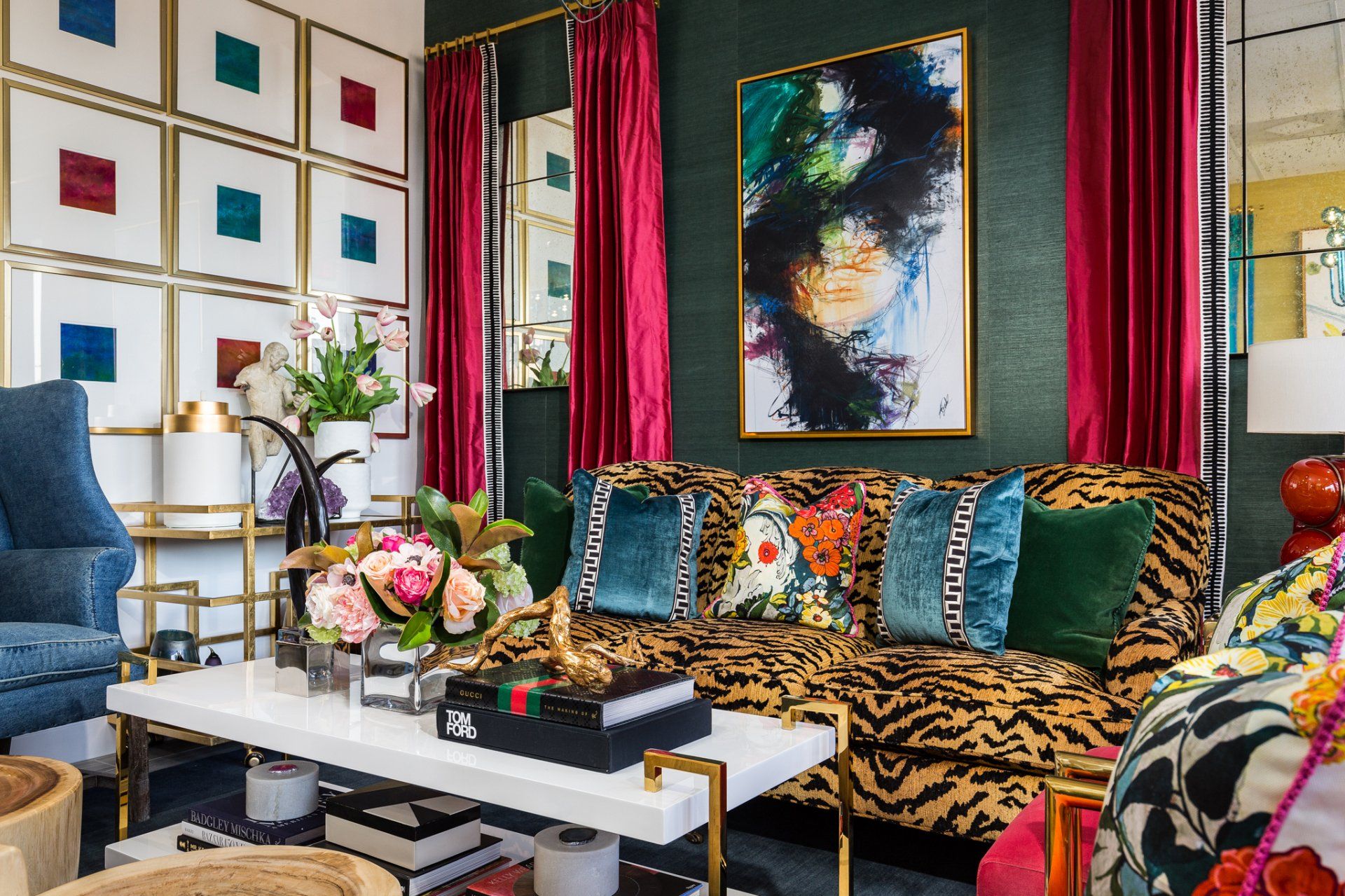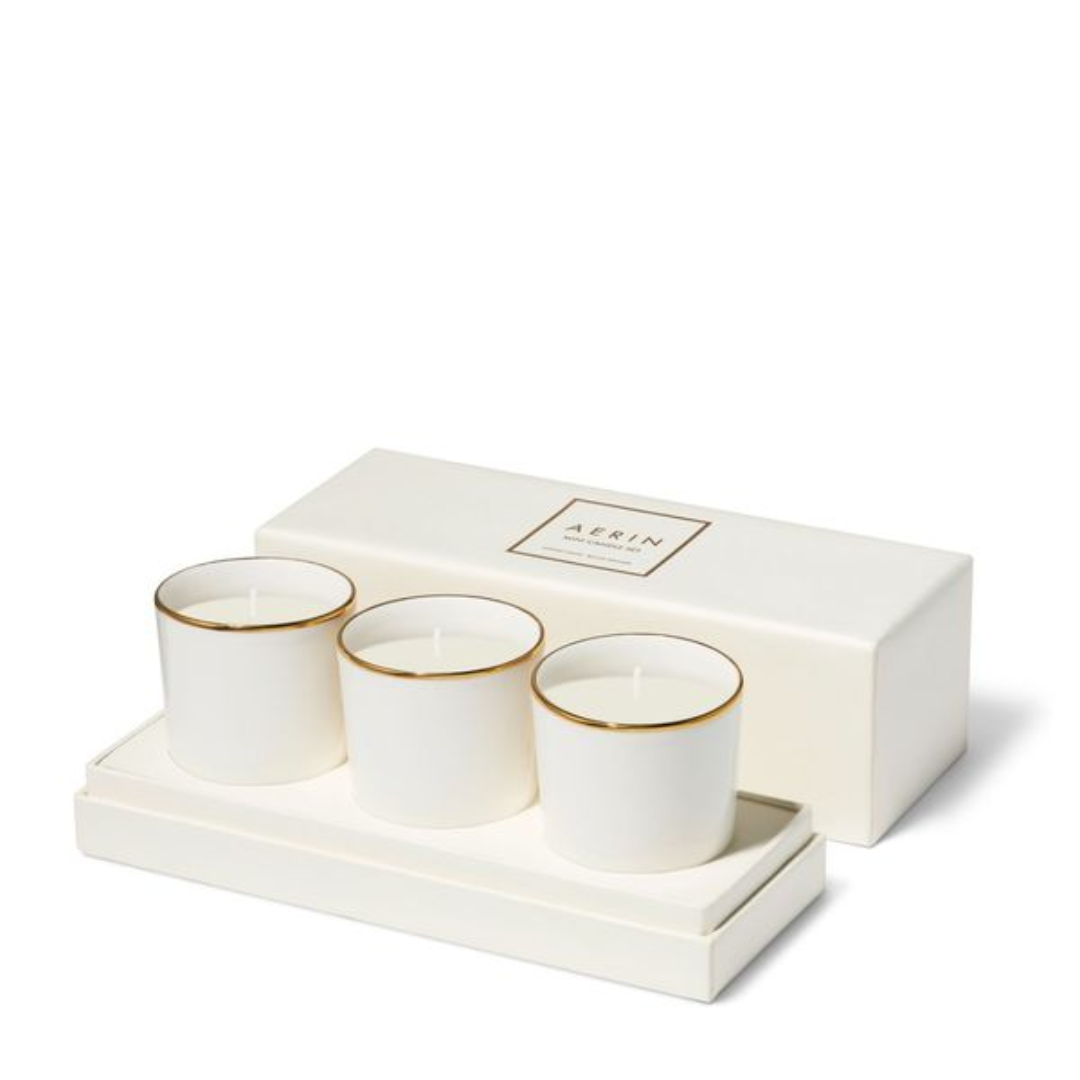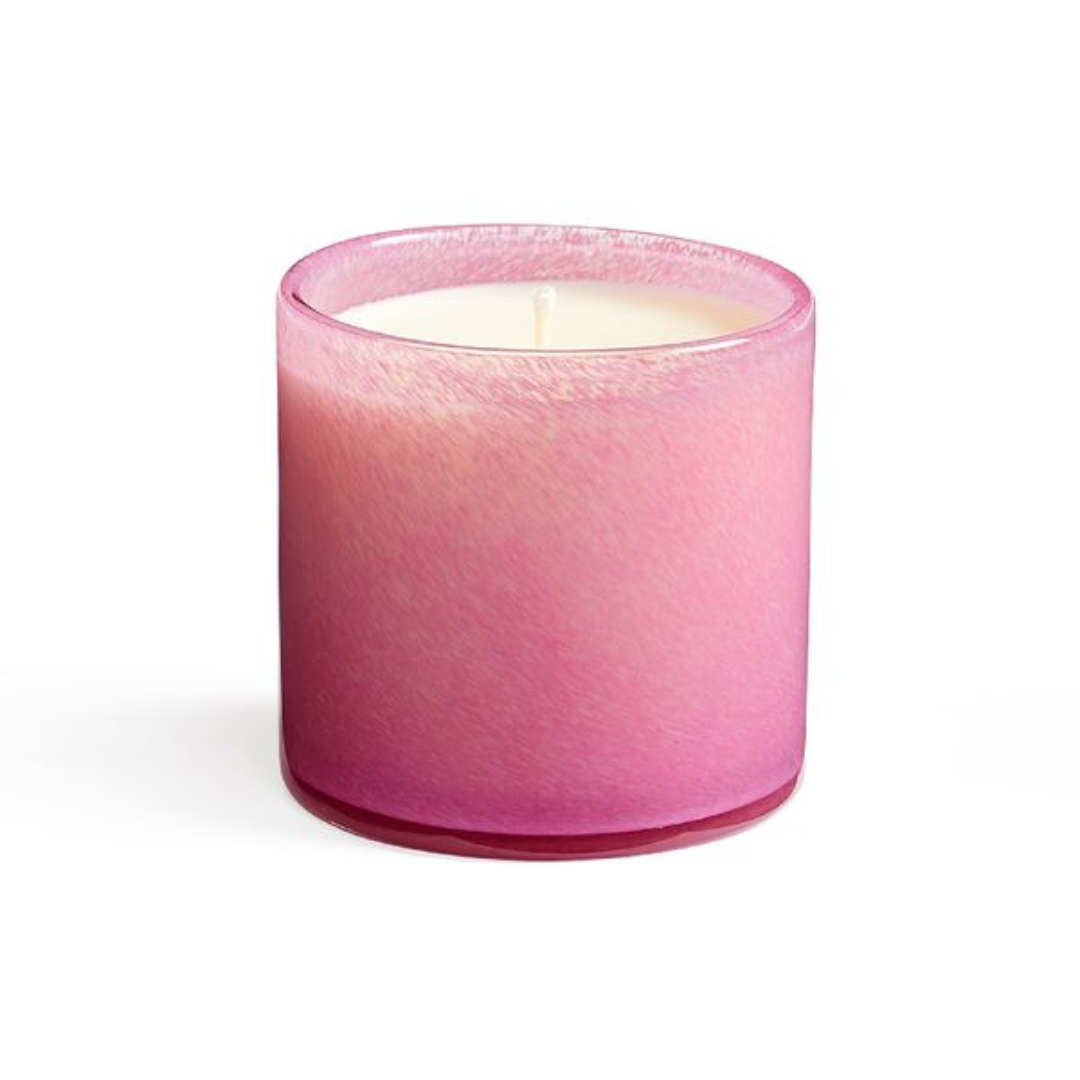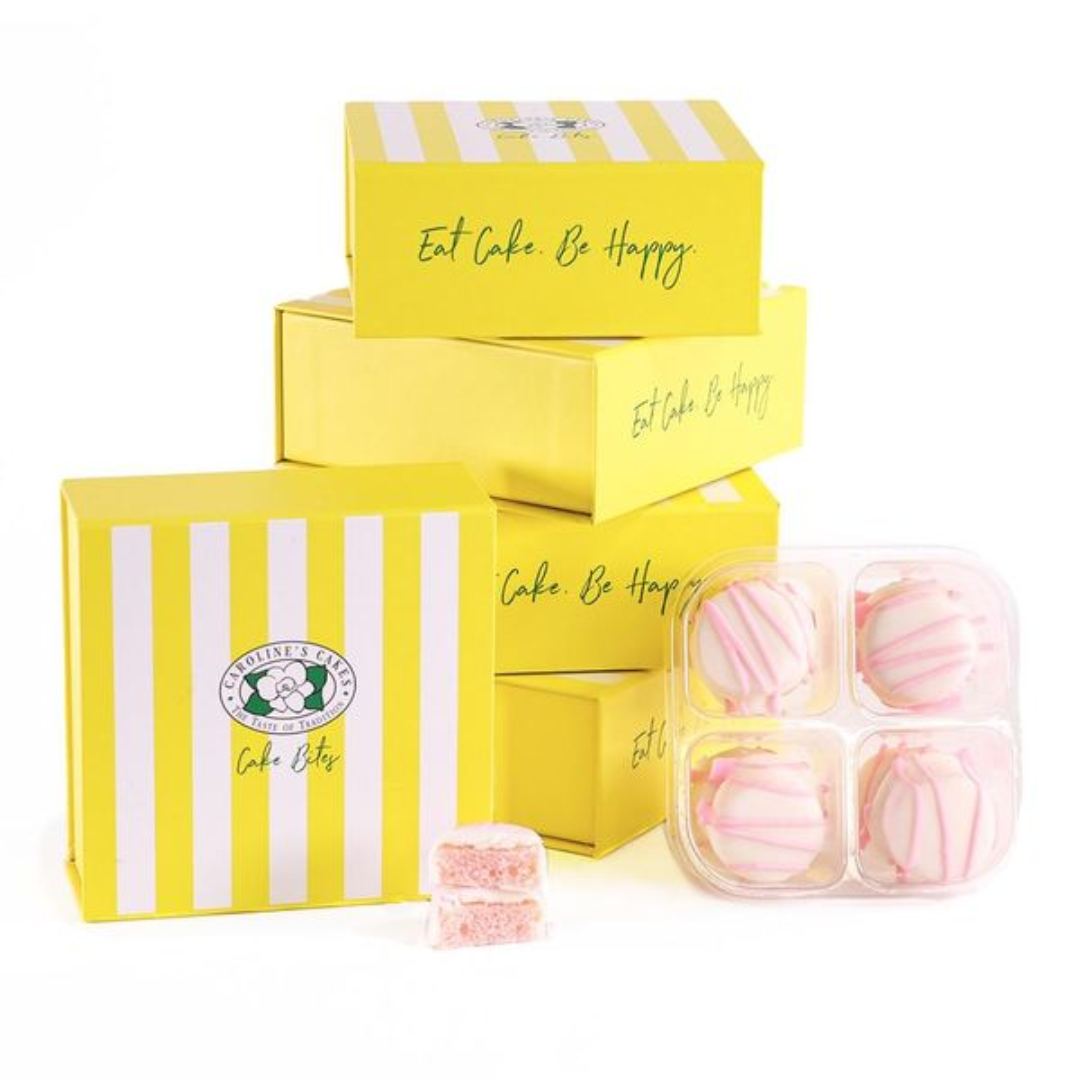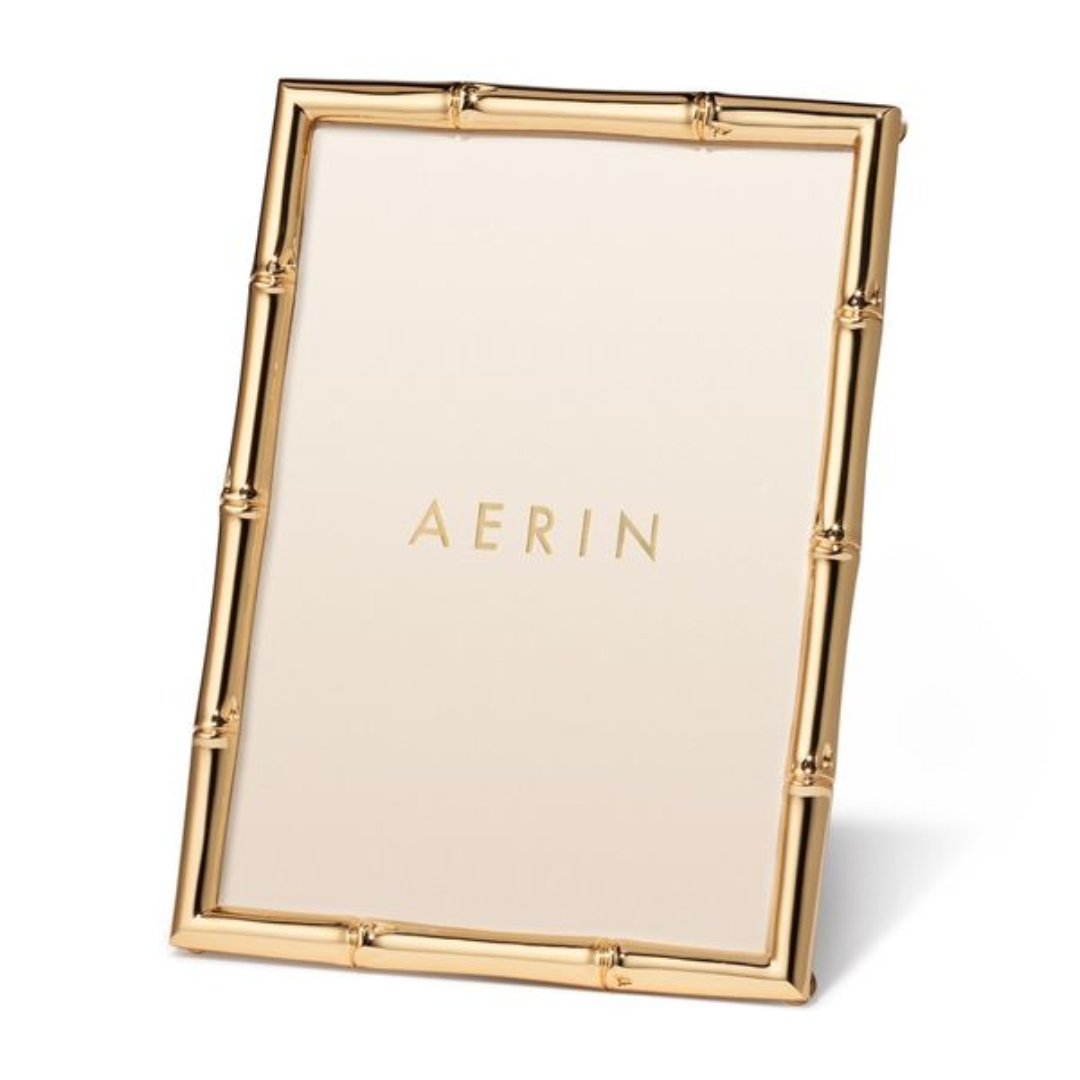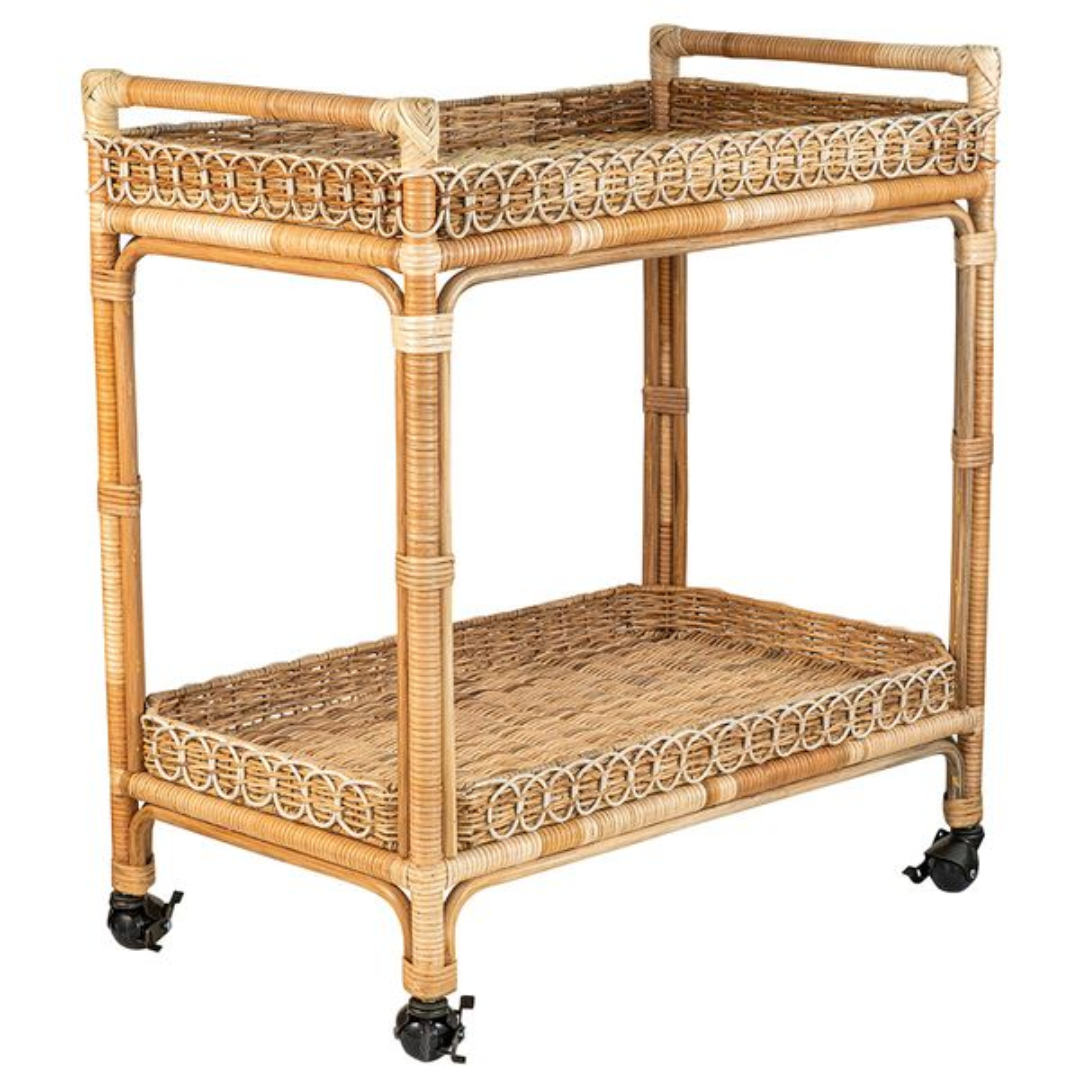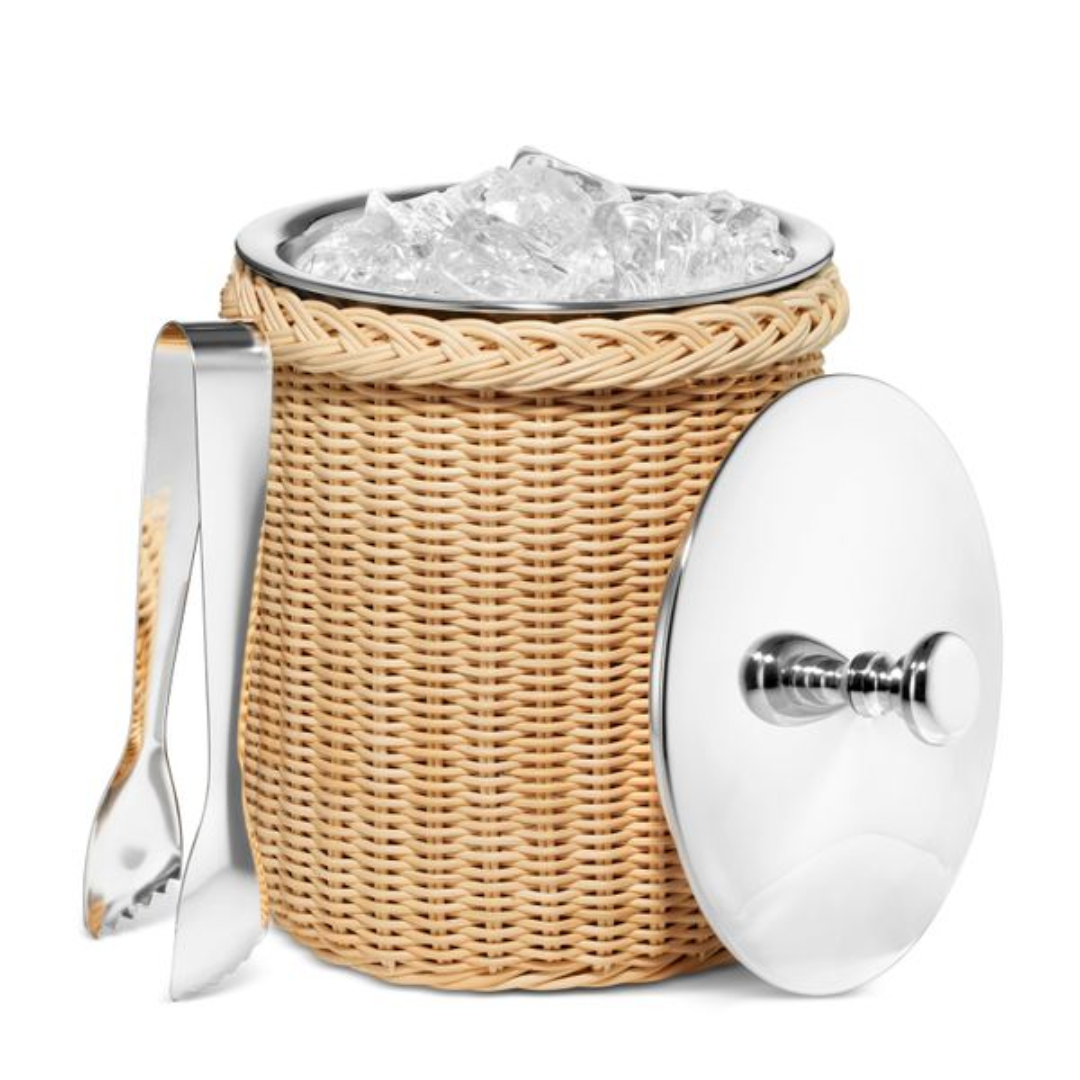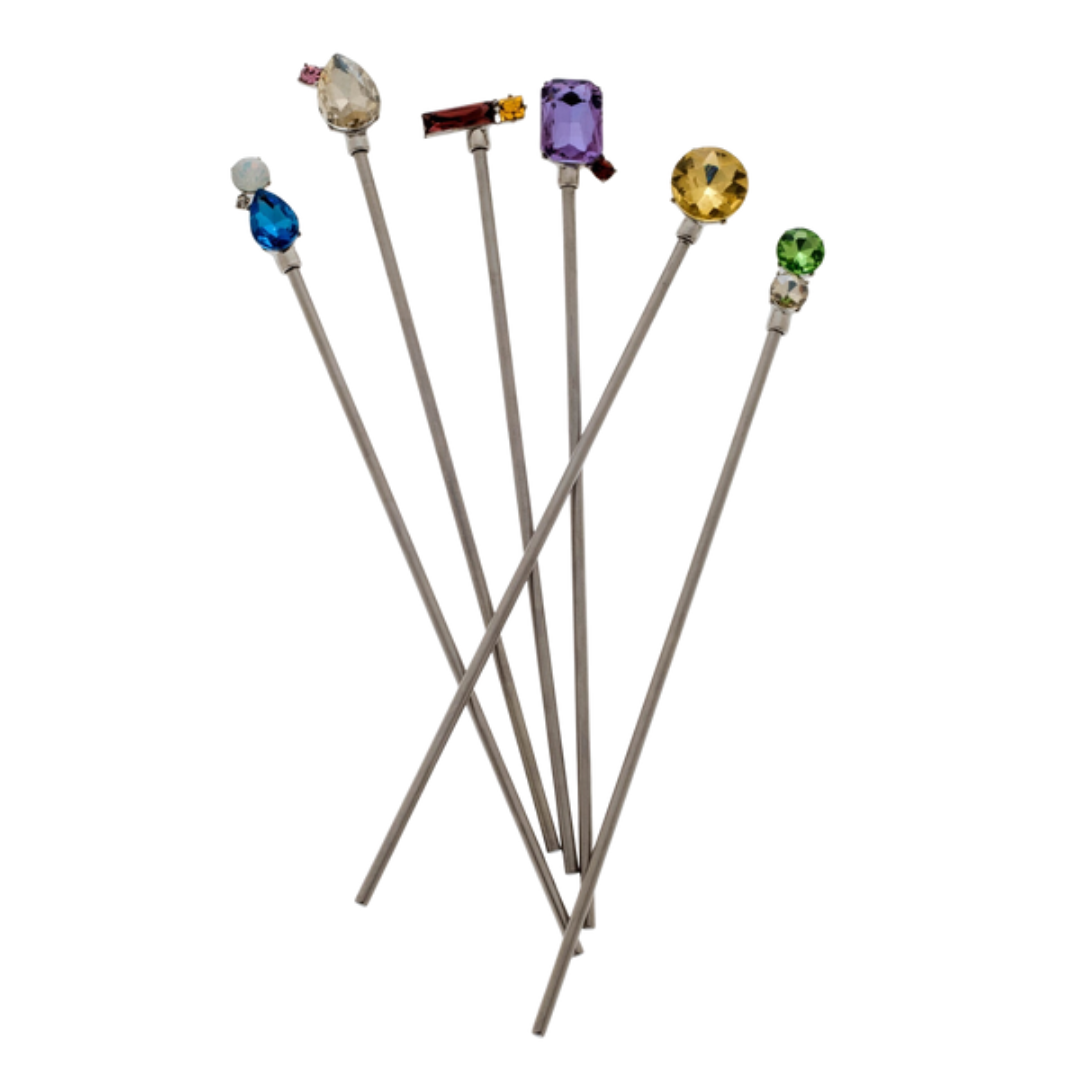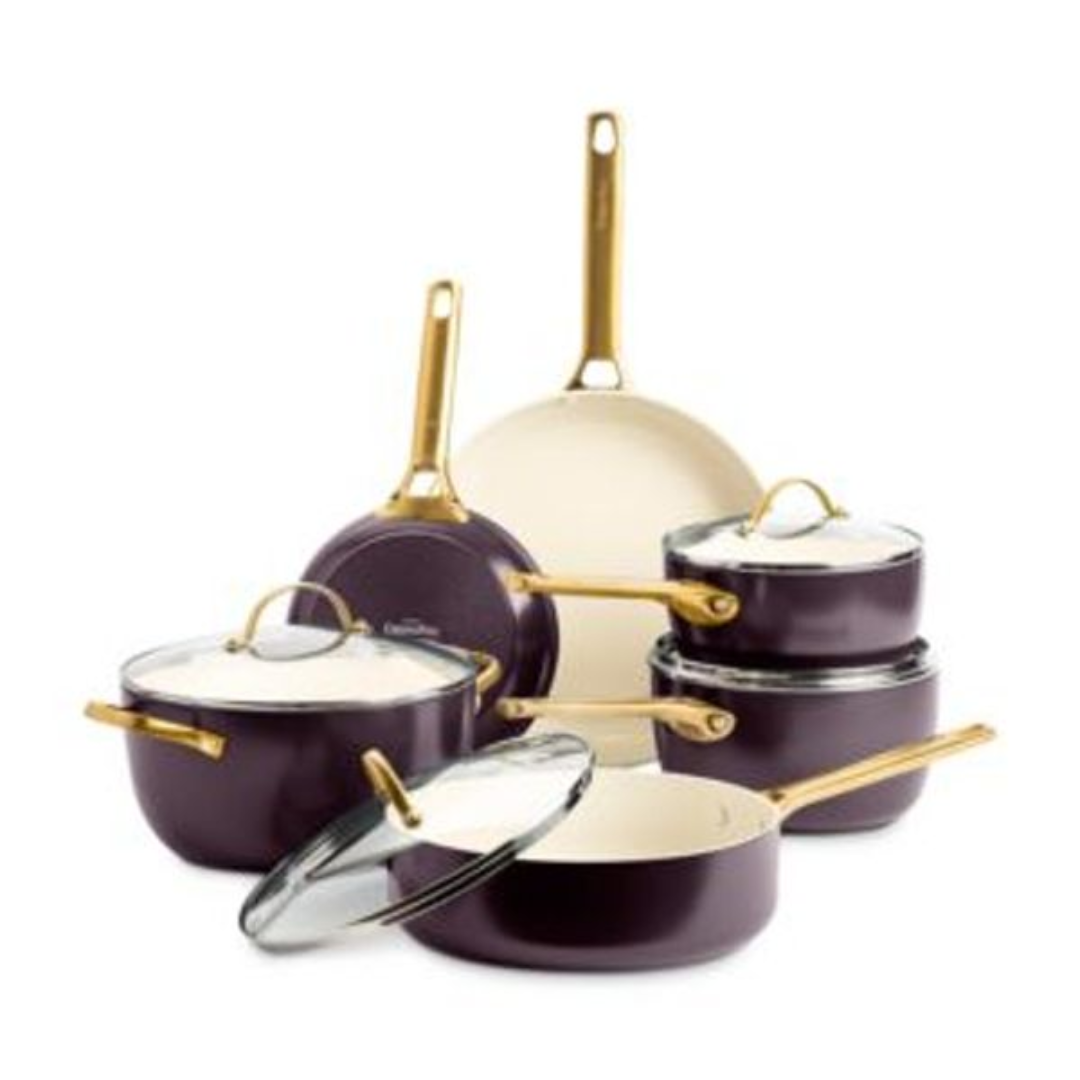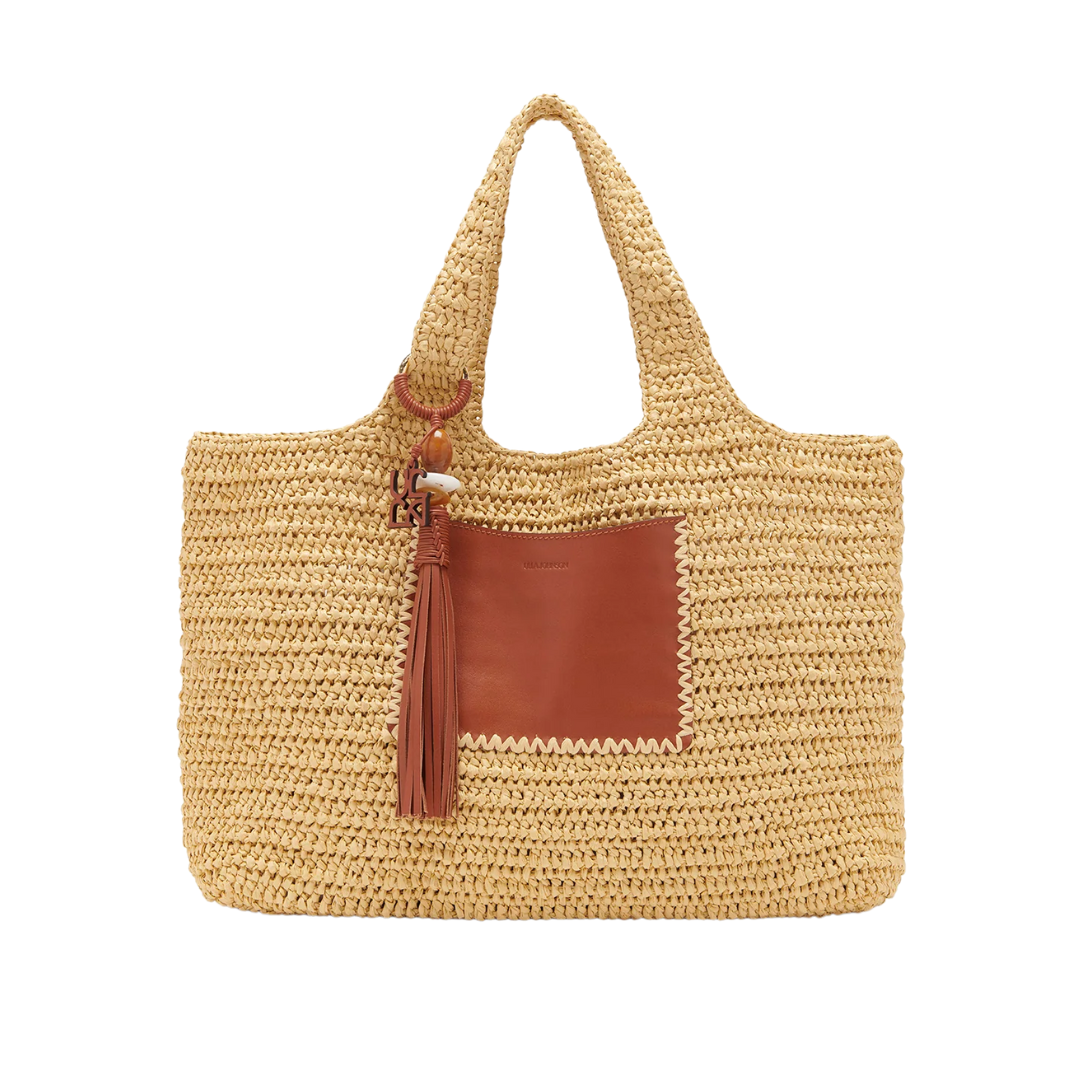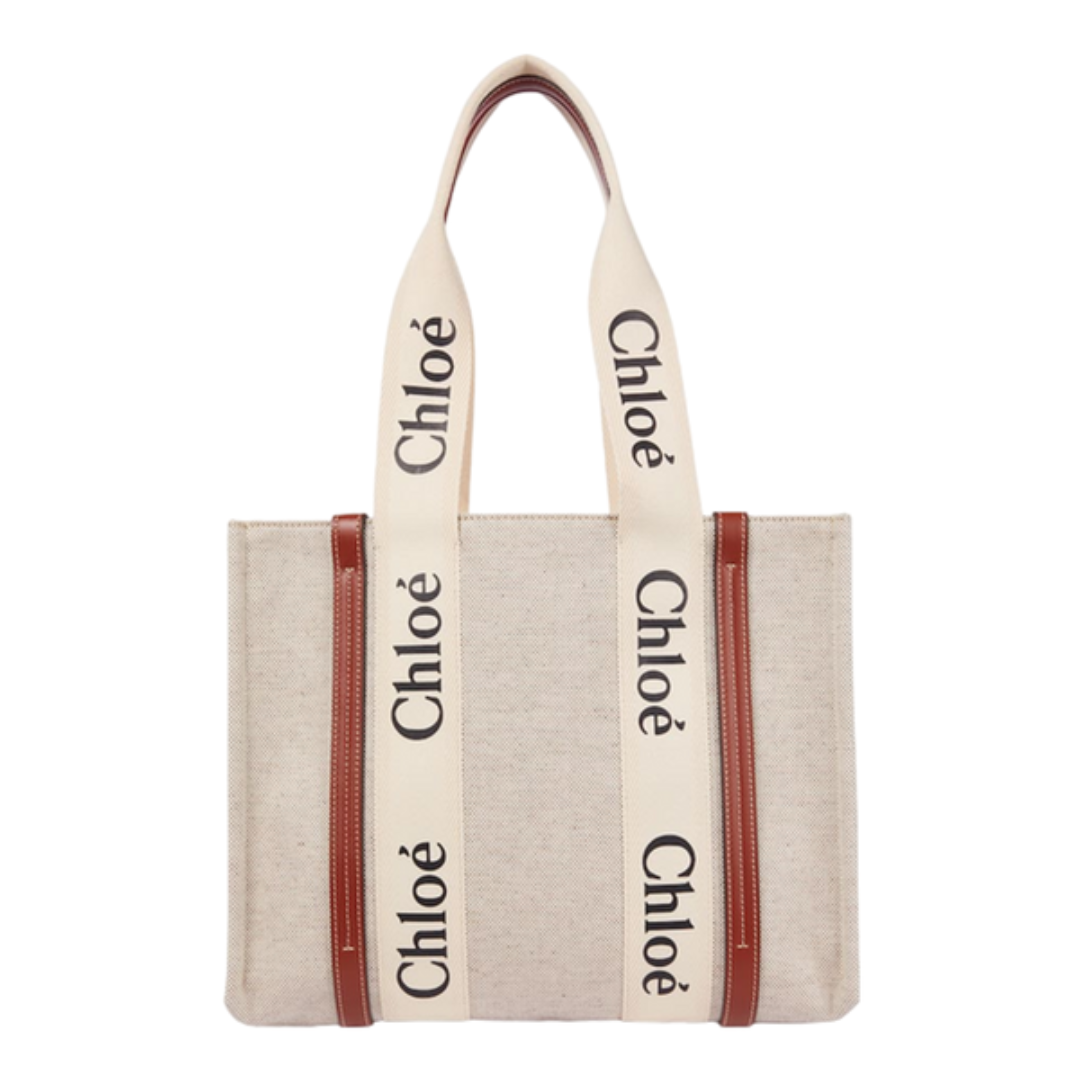Up Your Home’s Fashion I.Q. (Interiors Quotient)
Q.
Dear Claudia,
My husband and I just used a designer at a local furniture store to furnish the family room and dining room in our new home. She also assisted with some basic accessorizing. While it looks good, it still doesn’t look finished. We have wood blinds [in the same white as our trim] on our windows. I’m not crazy about our lighting since when we built our home, the builder had us choose from limited options. My husband doesn’t like “clutter,” but our house doesn’t feel like it has any personality. What do you suggest?
Thank you!
Dee in Charlotte
A.
Dear Dee,
Thank you for your question. Although you are off to a good start, it sounds like what your home needs are some finishing touches! Do you remember your wedding day, when you slipped into your dress (or if you were like me, had to have someone hogtie you into it while you prayed the corset wouldn’t bust)? What if your primping had stopped there? Although I’m sure you’re a natural beauty, had you not added carefully applied makeup, your grandmother’s pearls, and the ivory satin heels you picked up for a steal at Nordy’s, your look would have been incomplete.
Decorating your home is very similar to getting ready for your big day—it won’t look quite right if you stop at the basics. You need layers to pull a space together. If you’re a minimalist, it’s even more important that you get these layers right because you won’t be able to distract from mistakes with heavy styling. What are these layers? The two I’m going to suggest you focus on are window treatments and lighting.
While wood blinds are functional, they are more utilitarian than decorative. If you want to keep the blinds but up the wow factor, adding drapery panels to both sides of your windows will add a designer layer to your room. Drapery panels will also allow you to bring texture, color, and print (if you’re more adventurous) to your décor, bringing visual interest to the space.
Some key points to remember:
Designer Pro Tips for Window Treatments
· If your drapes will not be functional (i.e. open and close), you must still make sure the panels are full enough to look like they are. If you are using ready-made panels, you can use multiple panels on each side.
· If possible, your rod should extend across (and beyond) the width of the window, again, to give the appearance of functionality.
· Full-length panels should just skim (or hover right above) your floor--your windows shouldn’t look like they are wearing capris.
· Panels should be hung high and wide to give your windows a sense of presence.
· Because there are many factors to consider when choosing the right window treatments and hardware, using a designer or window treatment specialist can help.
Ok, Dee, let’s move on to your lighting fixtures! From looking at your photos, I agree that there’s room for improvement. This is typical of much builder grade lighting. For example, your chandelier is too small in scale for your room and the brushed chrome finish doesn’t complement your otherwise traditional dining room (or your antique gold wall mirror). Your furniture and art are lovely though, so making some easy lighting changes will have a huge impact. If you want to learn how to “glow up” your lighting, keep reading!
Designer Pro Tips for Lighting
Lighting
· Layer your lighting! Good lighting offers huge impact in both functionality and appearance. At a minimum, include a ceiling fixture and table lamps. For added function and drama, add wall sconces, directional light for art installments, floor lamps, and reading lamps.
· Recessed lighting (referred to by some builders as “can lighting”) is very popular, but too many “cans” can have your ceiling looking like Swiss cheese. Don’t use recessed lighting in lieu of layered lighting.
· To size your chandelier appropriately, add the length and width of a room in feet, then convert to inches. For example, in a 10’ x 12’ room, your light fixture should be approximately 22” wide. I prefer to go bigger rather than smaller, so in this example, if your choice is between a 20” wide chandelier and a 24” chandelier, I’d suggest the 24” fixture.
· When hanging a chandelier, allow enough height for a tall person to walk comfortably underneath without hitting their head (about 7’, depending upon ceiling height).
· When hanging a chandelier over a kitchen or dining room table, aim for a height of 66” from the finished floor to the bottom of the fixture.
I’ve included some photos of Pinterest-worthy rooms, from traditional to modern, for inspiration so that you can see how great lighting and window treatments can elevate any space. Keep me posted- I’d love to see the after photos! Thanks again, Dee, for your question!
Claudia
Friends,
If you’d like me to answer your design dilemma in a future column, private message me via Instagram @claudiajosephinedesign.com Please be sure to include photos


